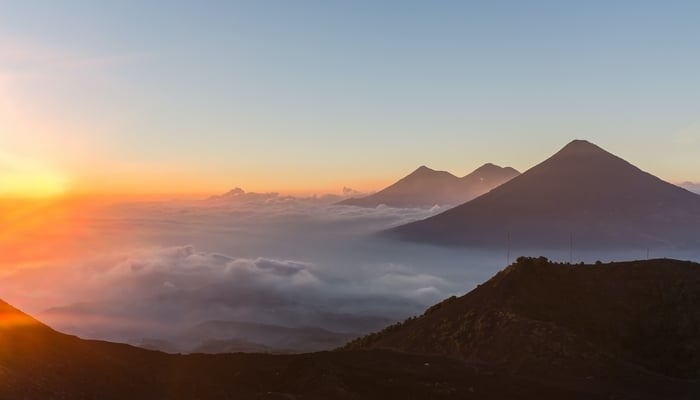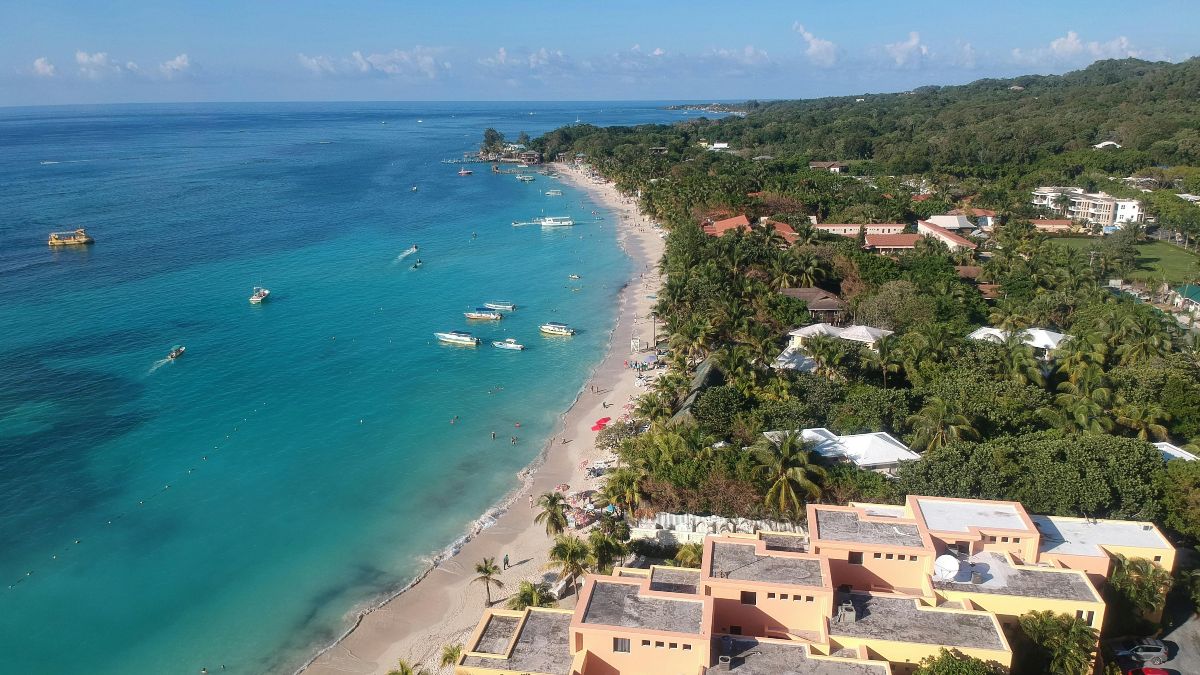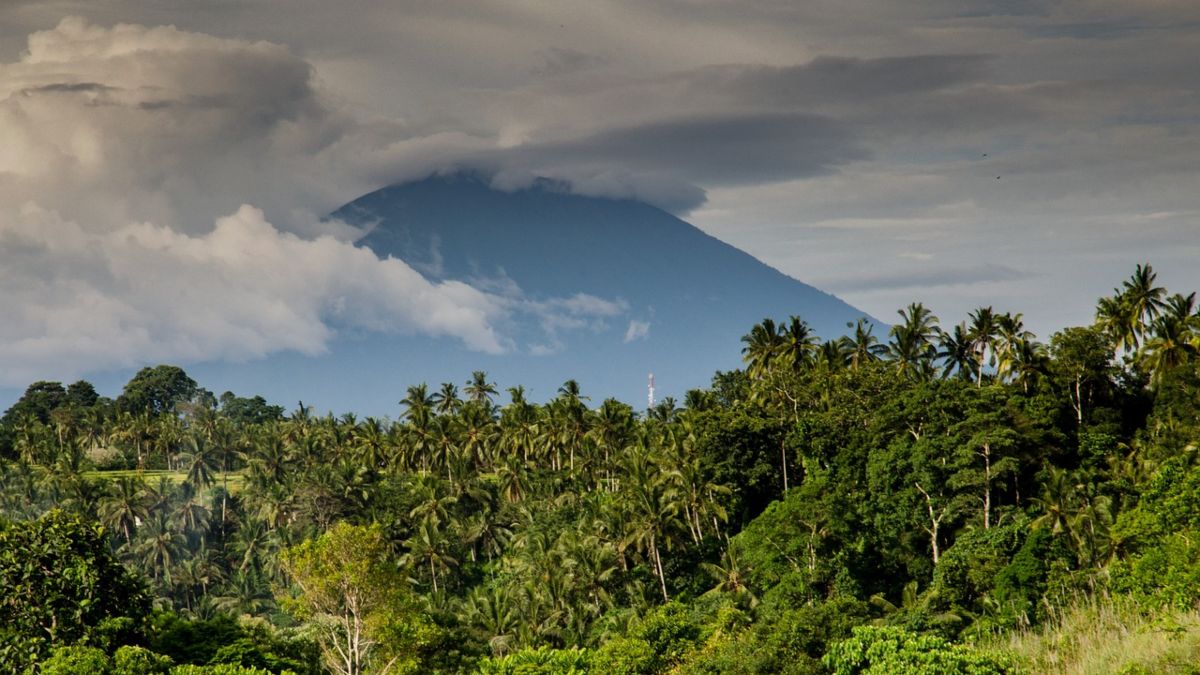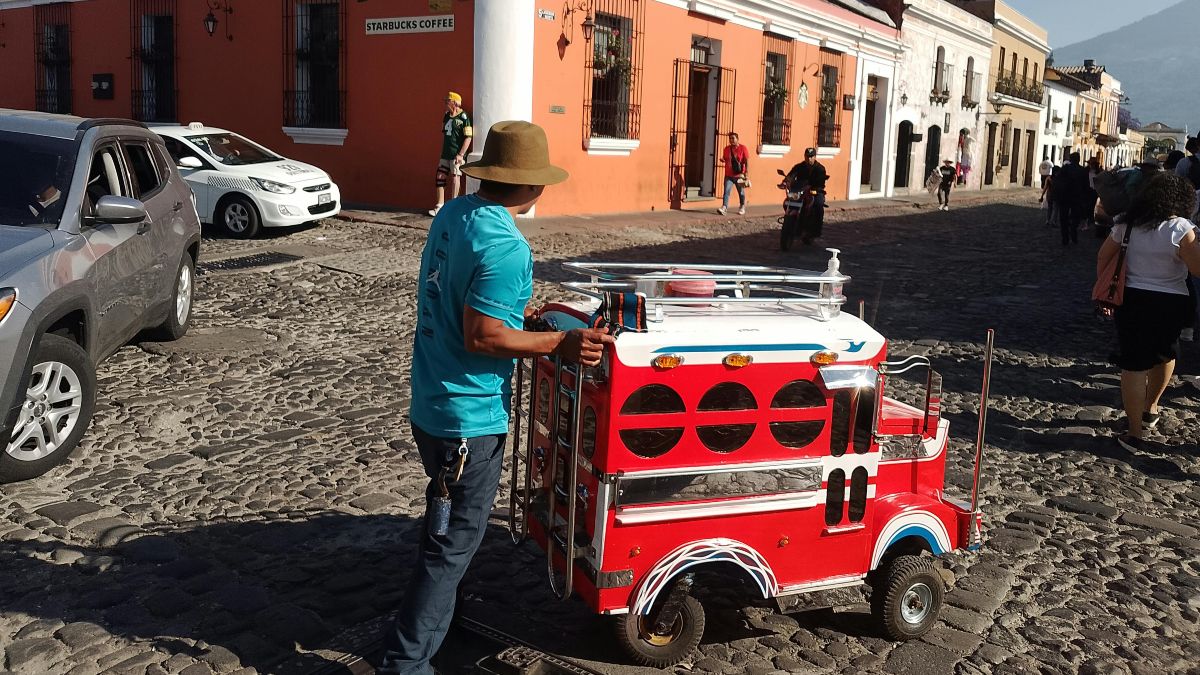Guatemala began its slow road back to some semblance of normality this week when its reopening plan got underway. Unfortunately, that plan isn’t yet helping the beleaguered tourism industry much in the Land of Eternal Spring.
This week, the economic reopening of Guatemala began, as per President Alejandro Giammattei’s initial July 12 announcement.
Back then, the president introduced a color-coded “traffic light system.” The idea is, that from the beginning of this week, all municipalities receive a color code. This color will regulate activity in that municipality.
The colors range from green to red based on how many COVID-19 cases per 100,000 people a municipality has.
Should the Guatemalan economy begin its color-coded reopening on July 27? #guatemala #covid19 https://t.co/QtiNJJTIbB
— CentralAmericaLiving (@VidaAmerica) July 17, 2020
For example, a “green” municipality means less than five cases per 100,000 people.
This means economic activity can resume in that municipality, with sensible precautions. The government calls these precautions the “new normal.”
A “yellow” municipality is where they find 5-14 cases per 100,000. “New normal” economic activity can take place, with some restrictions.
From yellow, the alert system moves to orange, where a municipality registers 15-24 COVID cases per 100,000. More severe restrictions kick in here, with some businesses closed back down and a partial closure of public transport.
Municipalities with 25 or over COVID cases per 100,000 are “red alert”. These areas can still open (just about), but under heavy restrictions.
As part of the reopen, Guatemala has also eased up its curfew and driving restrictions. Curfew now runs from 9:00 PM to 4:00 AM and anyone can drive during that period.
CONRED, Guatemala’s disaster coordination agency, has a downloadable .pdf on their website. It outlines exactly what can open under what restrictions, depending on a municipality’s color code.
Here’s a great pdf outlining exactly what’s open and not open in Guatemala’s color-coded munis since the July 27 “reopening.” Super helpful for anyone in Guatemala right now. https://t.co/iYYTug4fTP
— CentralAmericaLiving (@VidaAmerica) July 29, 2020
On July 12, President Giammattei said that out of Guatemala’s 340 municipalities, 241 could be yellow or green by July 27.
Unfortunately, that proved wishful thinking. Right now Guatemala has 158 red municipalities, 109 orange, 73 yellow, and zero green.
This means most of Guatemala isn’t yet in a position to open up in the way the government hoped.
Despite this setback, President Giammattei went ahead anyway with the July 27 reopening plan. After over four months of crippling shutdown, he couldn’t afford not to. The new slogan is now “Guatemala doesn’t stop,” a nod to getting the economy moving as much as possible.
CONRED and the government will review the color codes every 15 days. The hope is to see more red-alert areas become orange, then yellow, then green.
Tablero de Alertas Covid-19#JuntosSaldremosAdelante#GuatemalaNoSeDetiene pic.twitter.com/dJInJW6NZp
— Gobierno Guatemala (@GuatemalaGob) July 27, 2020
But while most businesses can open up on a sliding color-coded scale of restrictions, tourism in Guatemala remains largely closed.
For a start, the Guatemalan civil aviation authority (DGAC) has said the international airport will stay closed indefinitely. There’s no date in sight to receive commercial flights again.
In a tweet on Monday, DGAC director Francis Argueta said there was no opening date and the airport would open at “the right time.”
At the end of June, Guatemalan aviation authorities issued a NOTAM (Notice to Airmen) saying the airport would open August 15. The DGAC and Argueta’s tweet make an August 15 reopening doubtful.
AGLA (the Guatemalan Airlines Association) has expressed concern. AGLA director Motty Rodas called the uncertainty “unfortunate”. He also said aviation was vital for Guatemala’s economy and commercial flights are ready to start again when the government “considers it pertinent.”
But on Monday, President Giammattei said he sees the reopening of Guatemala’s borders as “impossible” in the short-term. Motty Rodas might be waiting a while.
— DGAC Guatemala (@guatemala_dgac) July 27, 2020
Domestic tourism is also taking a hit in Guatemala.
Although hotels and restaurants can open, it hardly seems worth it with most of Guatemala in red and orange-alerts.
A hotel in a red or orange-alert municipality, for example, can open in the most limited of ways. Social/common areas must remain closed. Guests must eat in their rooms, or at outside tables with severe social distancing. Many hotels don’t have the space or facilities for that.
Parks, beaches, and other tourists centers remain closed in red-alert zones. Orange-alert zones are a little more open. Not much more, though, and the social distancing rules are strict.
With all this in mind, the Guatemalan Tourist Board Inguat have abandoned their plans to reopen domestic tourism on August 15.
Tourism was first scheduled to reopen on July 15. But since then, an increase in COVID-19 cases forced the government to backtrack a month. Then the idea was to combine domestic tourism and international tourism on August 15.
Now, like the airport reopening, that’s not happening. Instead, Inguat say they’ll open domestic tourism on a more casual basis. It will open municipality by municipality, like the rest of Guatemala.
Inguat director Mynor Cordon says reopening domestic tourism is dependent on each municipality.
He said Inguat was ready to reopen tourism but the conditions “were not met,” referring to the amount of orange and red-alert zones in Guatemala.
#Guatemala Mientras más te cuides hoy, más cercano estará el momento de la reapertura de nuestros destinos. ¡No lo olvides! #JuntosSaldremosAdelante #GuatemalaNoSeDetiene @InguatMynor @ElmerHernandez0 @DiariodeCA @AGN_noticias @GuatemalaGob @CATA_AgenciaCA pic.twitter.com/CxaejX5byS
— Instituto Guatemalteco de Turismo -INGUAT- (@InguatPrensa) July 26, 2020
Despite the doom and gloom, Guatemala is taking a step in the right direction.
It’s doing its best to open up and save its economy from outright collapse. And at this stage, to be frank, Guatemala doesn’t really have a choice.
But while COVID-19 cases spiral, even after four months of strict lockdown, it’s hard to see a clear path out for Central America’s largest economy. It’s stuck in a nightmarish space with a sharp jagged rock on one side and a cold hard place on the other. And in Central America, Guatemala is hardly alone.
Related Stories:
Should the Guatemalan Economy Reopen on July 27 or Not?
As COVID Cases Spike, Guatemala’s Economy Hangs in the Balance
Is it too Late to Save Guatemala Tourism?
James Dyde is the editor of www.centralamerica.com. He lives in Escazu, Costa Rica.




